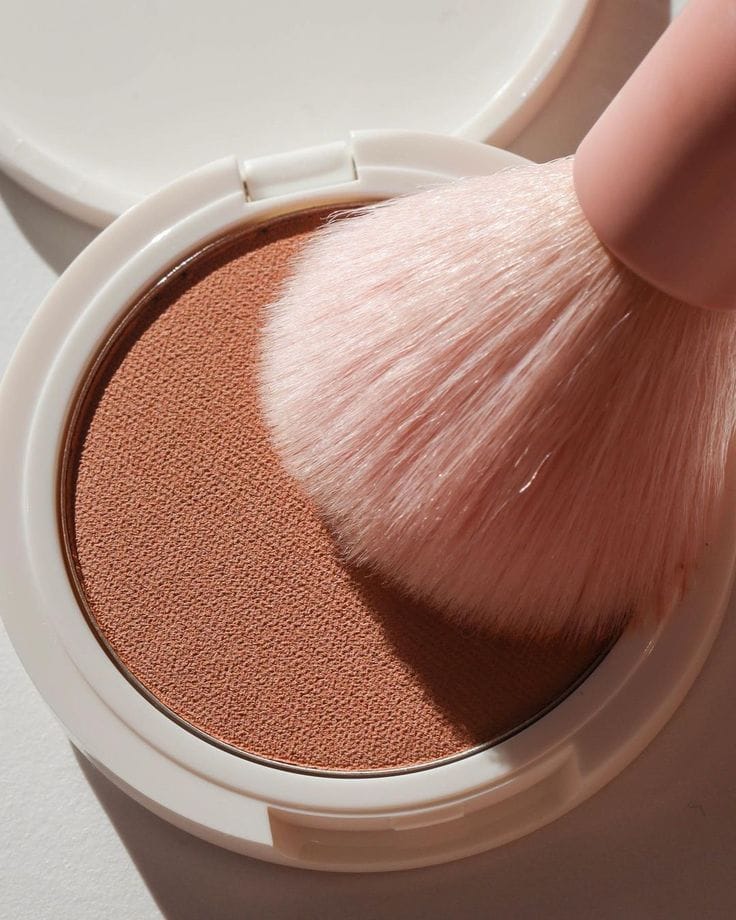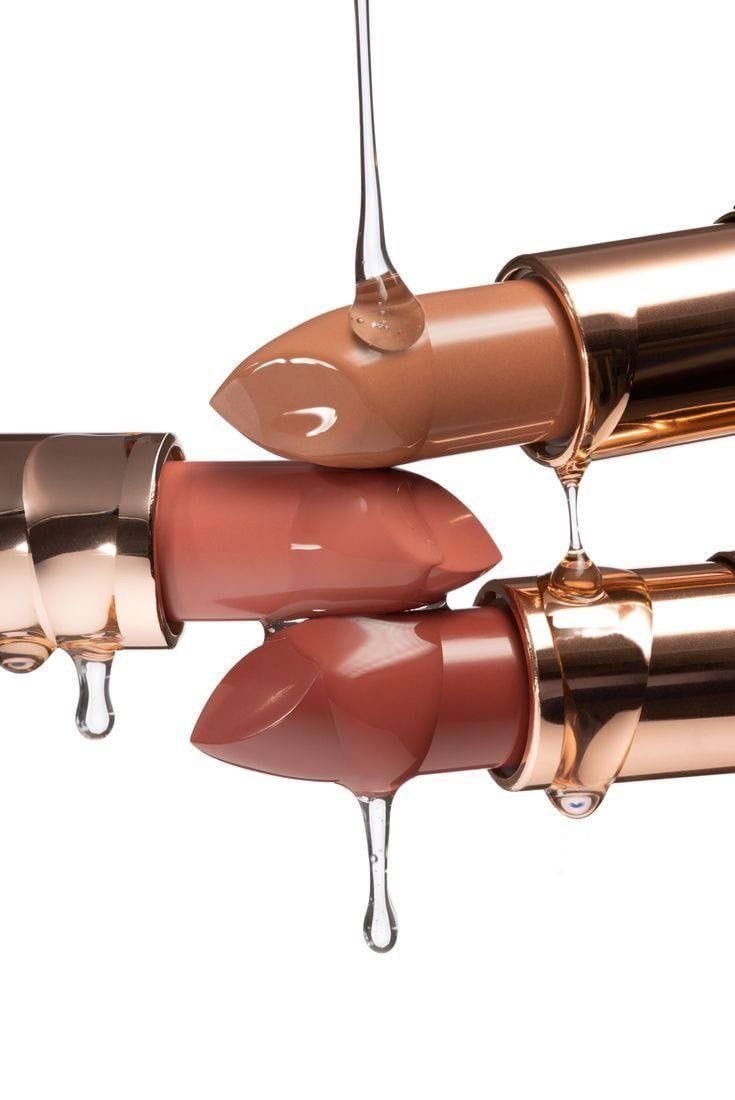In the competitive world of beauty and cosmetics, it’s not just about the quality of your product or your branding—your supply chain is a critical backbone of success. Whether you’re a beauty manufacturer producing skincare products, a supplier providing raw materials, or a retailer selling directly to consumers, understanding where you sit within the supply chain and optimising your logistics strategy is key.
Supply chain management ensures that products flow efficiently from suppliers to manufacturers to distributors, ultimately reaching the hands of the end user. In this article, we’ll break down the key components of a supply chain, explain how it applies to the beauty industry, and discuss why effective supply chain management can make or break your business.

What Is a Supply Chain and Why Does It Matter?
A supply chain is the entire network of organisations, processes, and resources involved in creating and delivering a product. It includes:
- Suppliers – They are providers of raw materials, ingredients, and packaging.
- Manufacturers – These are companies that transform raw materials into finished goods.
- Distributors – Organisations that bridge the gap between manufacturers and retailers.
- Retailers – Businesses that sell the product to end users.
- Agents/Middlemen – Individuals or businesses that facilitate transactions between these parties.
For beauty businesses, the supply chain is especially crucial due to the industry’s reliance on high-quality ingredients, sustainable packaging, and timely deliveries. A poorly managed supply chain can lead to delays, increased costs, and dissatisfied customers.
Imagine launching a new lipstick line but experiencing delays in sourcing pigments or packaging. These delays can push back your entire launch schedule, causing you to lose revenue and miss market opportunities.

The Key Players in the Beauty Industry Supply Chain
To better understand the supply chain in the beauty industry, let’s break down the roles of the key players:
Suppliers
Suppliers provide the raw materials and components needed to create beauty products. Ingredients like: Aloe vera gel, essential oils, shea butter, pigments, and other actives. Packaging: Jars, tubes, bottles, labels, and boxes are examples of some of the items you may source from a supplier. Choosing reliable suppliers is crucial, as the quality of these materials directly impacts the final product.
Manufacturers
Manufacturers transform raw materials into finished goods, such as skincare, makeup, and haircare products. These manufacturers can be in-house (if you produce your products) or third-party contract manufacturers. For example, a beauty startup might partner with a factory specialising in clean beauty formulations to produce their skincare line.
Distributors
Distributors act as the middle link between manufacturers and retailers. They purchase products in bulk and distribute them to retail outlets, online platforms, or smaller wholesalers. for Example: A distributor ensures that a brand’s product reaches major beauty retailers like Sephora, Ulta, or department stores.
Agents and Middlemen
Agents facilitate deals between suppliers, manufacturers, and distributors. They often have established networks and industry relationships, helping streamline processes and bridge gaps.
Retailers
Retailers sell products directly to the end user. Retailers play a vital role in customer experience, influencing product perception and satisfaction.
- Brick-and-mortar stores: Specialty beauty shops, department stores, and salons.
- E-commerce platforms: Online stores and beauty marketplaces like Amazon or Shopify sites.

Where Do You Sit in the Supply Chain?
Understanding your position in the supply chain is the first step toward optimising it. Ask yourself:
- Are you a manufacturer creating the product?
- Are you a retailer selling directly to customers?
- Are you a supplier or distributor supporting other businesses?
By identifying your role, you can better understand who your key partners are and which relationships to prioritise. For example:
- As a manufacturer, you need strong partnerships with suppliers to ensure a steady flow of ingredients and packaging.
- As a retailer, you rely on distributors and agents to provide you with a variety of products on time.
Knowing your role also helps you anticipate challenges and opportunities, such as supply shortages, delays, or scalability as your business grows.
Why Effective Supply Chain Management Matters in Beauty
The beauty industry is dynamic, fast-paced, and highly competitive. Effective supply chain management delivers several benefits:
- Timely Product Launches
Beauty trends move quickly. Delays in sourcing materials or production can cause you to miss critical opportunities, such as seasonal launches or viral trends. - Cost Efficiency
Optimising your supply chain helps reduce unnecessary expenses, such as excess inventory or high shipping costs. This ensures you can offer competitive pricing while maintaining healthy profit margins. - Scalability
A streamlined supply chain allows you to scale operations as your business grows. For example, partnering with a reliable manufacturer enables you to meet higher demand during peak seasons. - Risk Management
Supply chain disruptions—like ingredient shortages or shipping delays—can impact production. Proactively managing these risks helps minimise disruptions and keep your business running smoothly.
Real-Life Example:
Imagine you’re a skincare brand preparing for a holiday launch. Without a well-planned supply chain, delays in sourcing packaging or ingredients could mean missing the holiday sales window entirely. On the other hand, an optimised supply chain ensures your product is on shelves right when customers are looking for gifts.

Challenges in the Beauty Industry Supply Chain
While supply chain management offers many opportunities, the beauty industry also faces unique challenges:
- Ingredient Sourcing: Finding high-quality, ethically sourced, and sustainable ingredients.
- Global Logistics: Managing international shipping and customs, especially for global brands.
- Demand Fluctuations: Preparing for seasonal demand spikes (e.g., holiday sales or beauty trends).
Addressing these challenges requires strategic planning, reliable partnerships, and innovative solutions.
Conclusion
In the beauty and cosmetics industry, supply chain management is more than just logistics—it’s a strategic advantage. Whether you’re a supplier, manufacturer, or retailer, understanding your position in the supply chain and building strong relationships with key partners is essential for success.
By optimising your supply chain, you can improve efficiency, reduce costs, and deliver exceptional products to your customers on time. In an industry driven by trends, quality, and customer satisfaction, a well-managed supply chain is your key to staying ahead of the competition.
Next Steps: Review your supply chain, identify gaps, and strengthen relationships with your key partners.
Take the Next Step Toward Business Growth
If you’re ready to take your beauty brand to the next level, our Beauty Business Audit and Growth Plan is here to help. This personalised service is designed to provide clarity, insight, and actionable strategies tailored to your brand’s unique needs.
✨ What’s included?
- A detailed analysis of your current supply chain and operations.
- Customised growth strategies to streamline your business.
- Expert insights to help you scale with confidence.
Let us help you elevate your brand and achieve your goals. [Click here to learn more or schedule your audit today!

